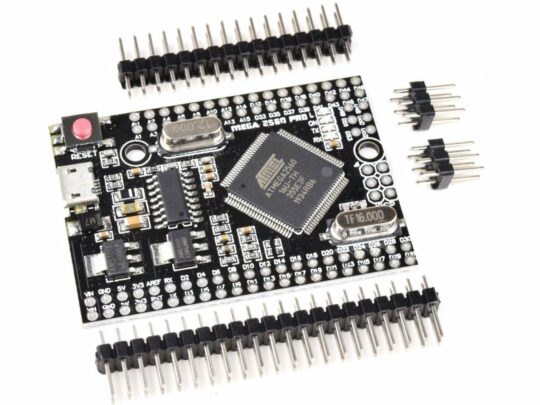
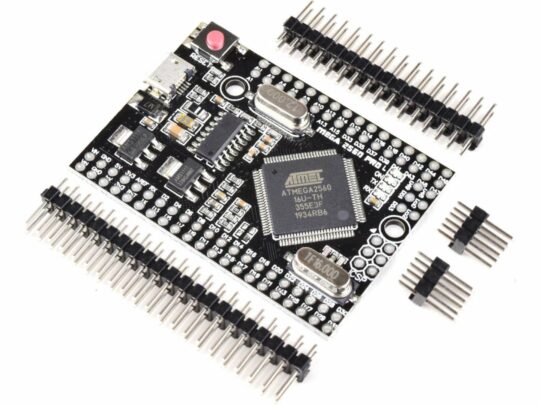
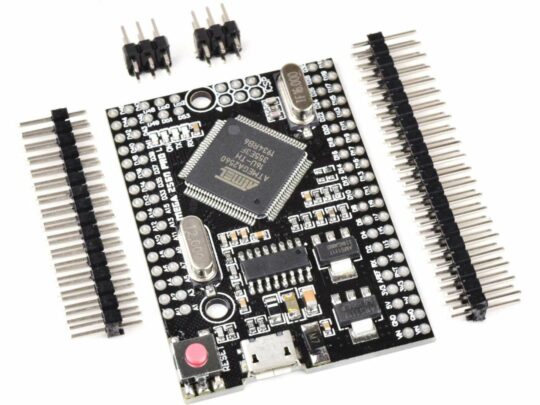
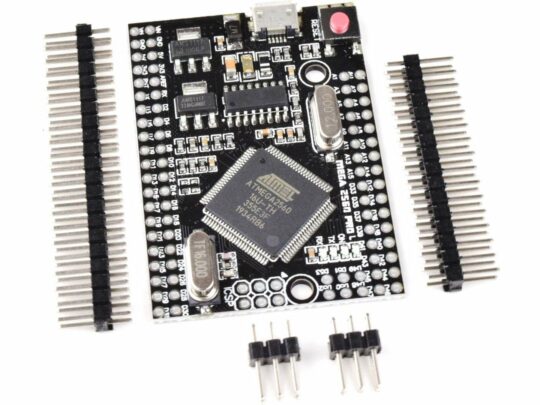
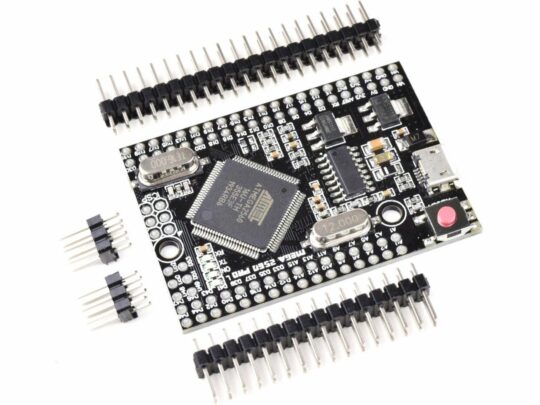
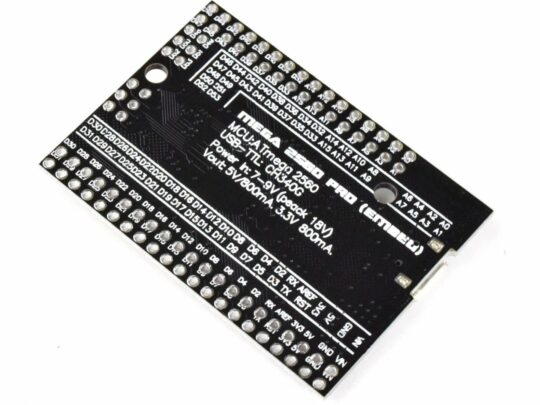
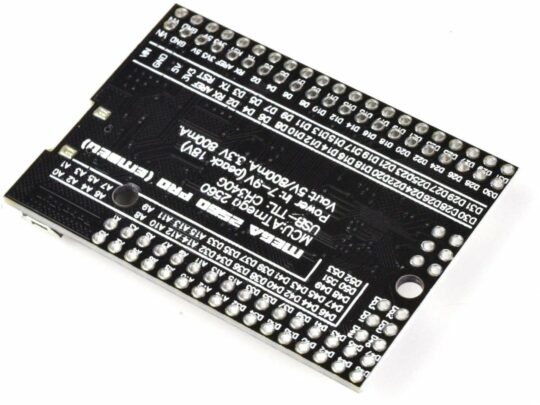
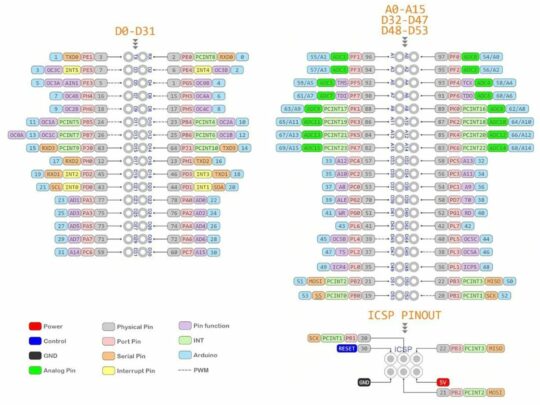
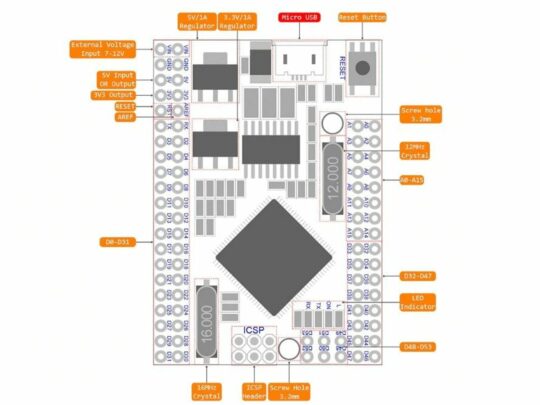
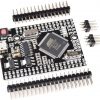
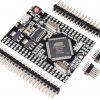
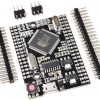
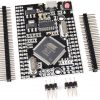
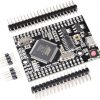
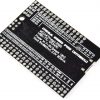
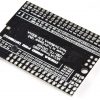
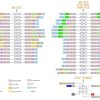
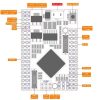
MEGA2560 Pro Embed (for Arduino)
CAD 22.90 CAD 18.32
Victoria Day Sale
ends May 20th
- Description
- Reviews (1)
Description
This MEGA2560 PRO Embed has been developed for applications where an Arduino MEGA 2560 is just too bulky. It comes with the same powerful features and connections, but with a footprint of just 38 x 54 mm, which is only 38% of an Arduino MEGA 2560 Rev 3.
Another great advantage, besides the small size, is the much more capable voltage regulation on board. The MEGA2560 PRO Embed development board can deliver up to 800mA for 3.3V, compared to the only 150mA for the Arduino MEGA 2560. This is plenty of current to power 3.3V devices like sensors, displays etc.
The ATmega2560 microcontroller has 54 digital input/output pins (of which 15 can be used as PWM outputs), 16 analog inputs, and 4 UARTs (hardware serial ports). It is supported by a USB-TTL bridge CH340, voltage regulators for 3.3V and 5V, LEDs for serial connection (RX/TX), Power and D13, ICSP programming header, USB Port and reset button.
MEGA2560 PRO Embed can be powered by USB (micro-USB port), a stabilized 5V power supply, or any unregulated voltage between 6V and 15V (18V absolute max. peak).
This MEGA2560 PRO Embed is 100% compatible with Arduino IDE and comes with Arduino Bootloader factory installed.
Microcontroller: ATmega2560
Operating Voltage: 5V
Input Voltage: 6-12V (recommended 7-9V) or 5V
Digital I/O Pins: 54 (of which 15 provide PWM output)
Analog Input Pins: 16
DC Current per I/O Pin: 20 mA
DC Current for 3.3V Pin: 800 mA *)
DC Current for 5V Pin: 800 mA *)
Flash Memory: 256 KB of which 8 KB is used by the bootloader
SRAM: 8 KB
EEPROM: 4 KB
Clock Speed: 16 MHz
LED_BUILTIN: 13
Length: 54 mm
Width: 38 mm
Weight: 9 g (without headers)
*) Please do your math, and calculate the power dissipation of the voltage regulators, if you want to connect any periphery to the development board which draws current from the 5V or 3.3V rail. The power dissipation per voltage regulator must not exceed about 1W to not overheat them.
The MEGA 2560 is the better choice for more complex projects. With lots of digital and analog I/O pins and larger memory for your sketch, it is the recommended board for 3D printers and robotics projects. This gives your projects plenty of room and opportunities.
We recommend downloading the required USB driver for your operating system from WCH official website.
Related products
-
Arduino compatible, WEMOS D1, D1 Mini
WEMOS D1 R32 ESPDuino-32 Wi-Fi Bluetooth BLE Module
0 out of 5CAD 10.80CAD 8.64 -
-
-
-
315/433MHz, 2.4GHz etc., Arduino compatible
NANO V3 wireless Atmega328P + nRF24L01 – compatible with Arduino
0 out of 5CAD 18.90CAD 15.12 -
Arduino compatible
Arduino Nano V3 (compatible) Atmega328P-AU and CH340
5.00 out of 5CAD 7.90CAD 6.32 -
Arduino compatible, Cases, Enclosures
CANADUINO MEGA 2560 R3 Acrylic Enclosure Stand
5.00 out of 5CAD 4.69CAD 3.75 -

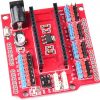
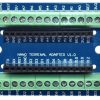
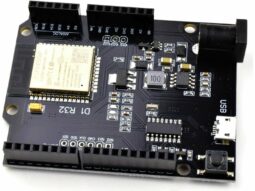
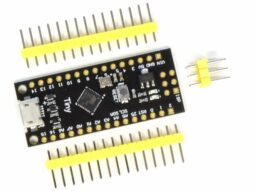
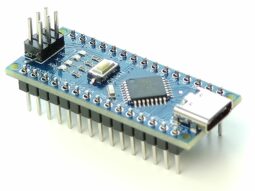
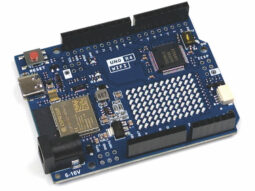
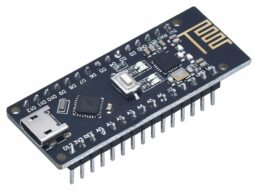
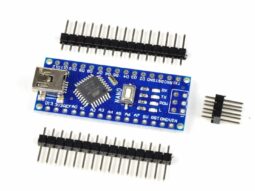
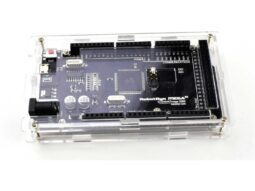
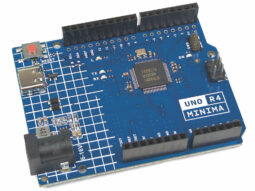
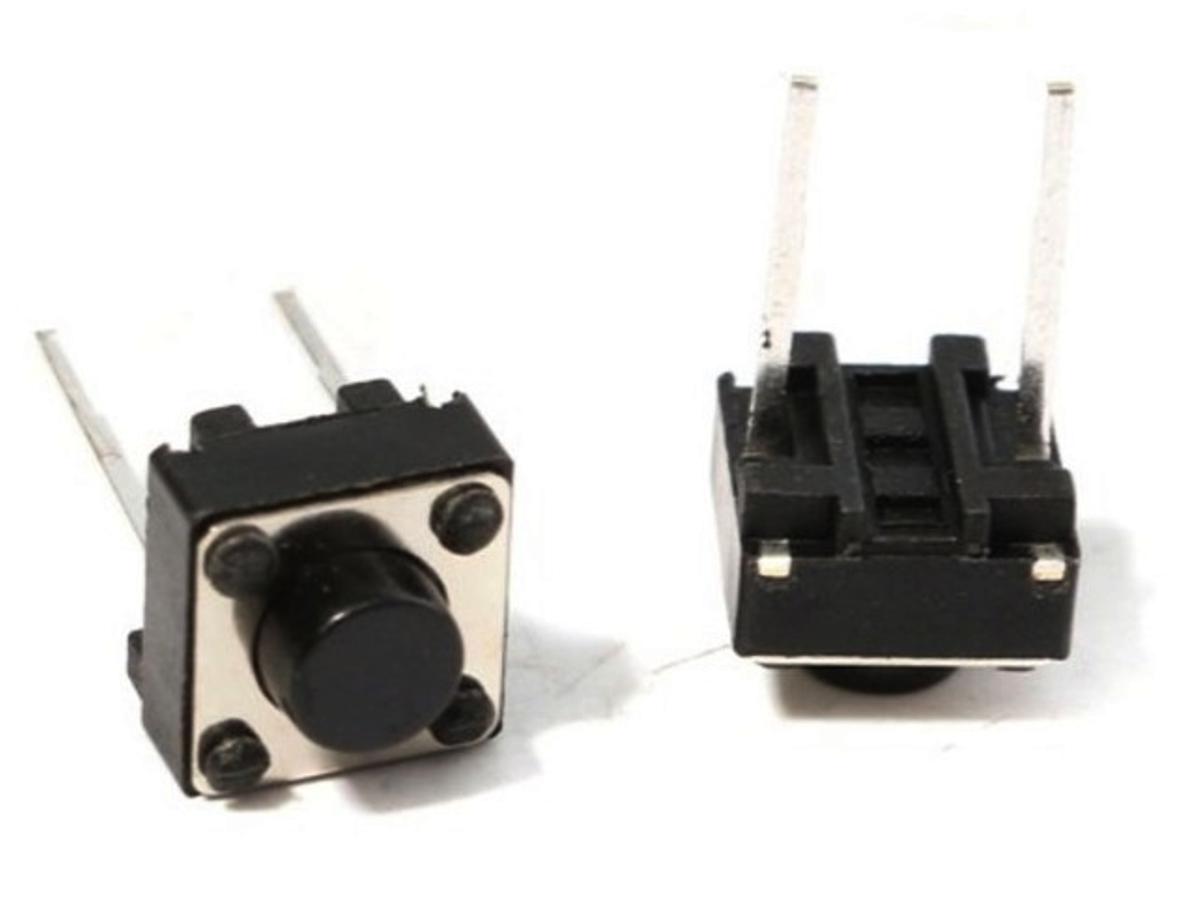
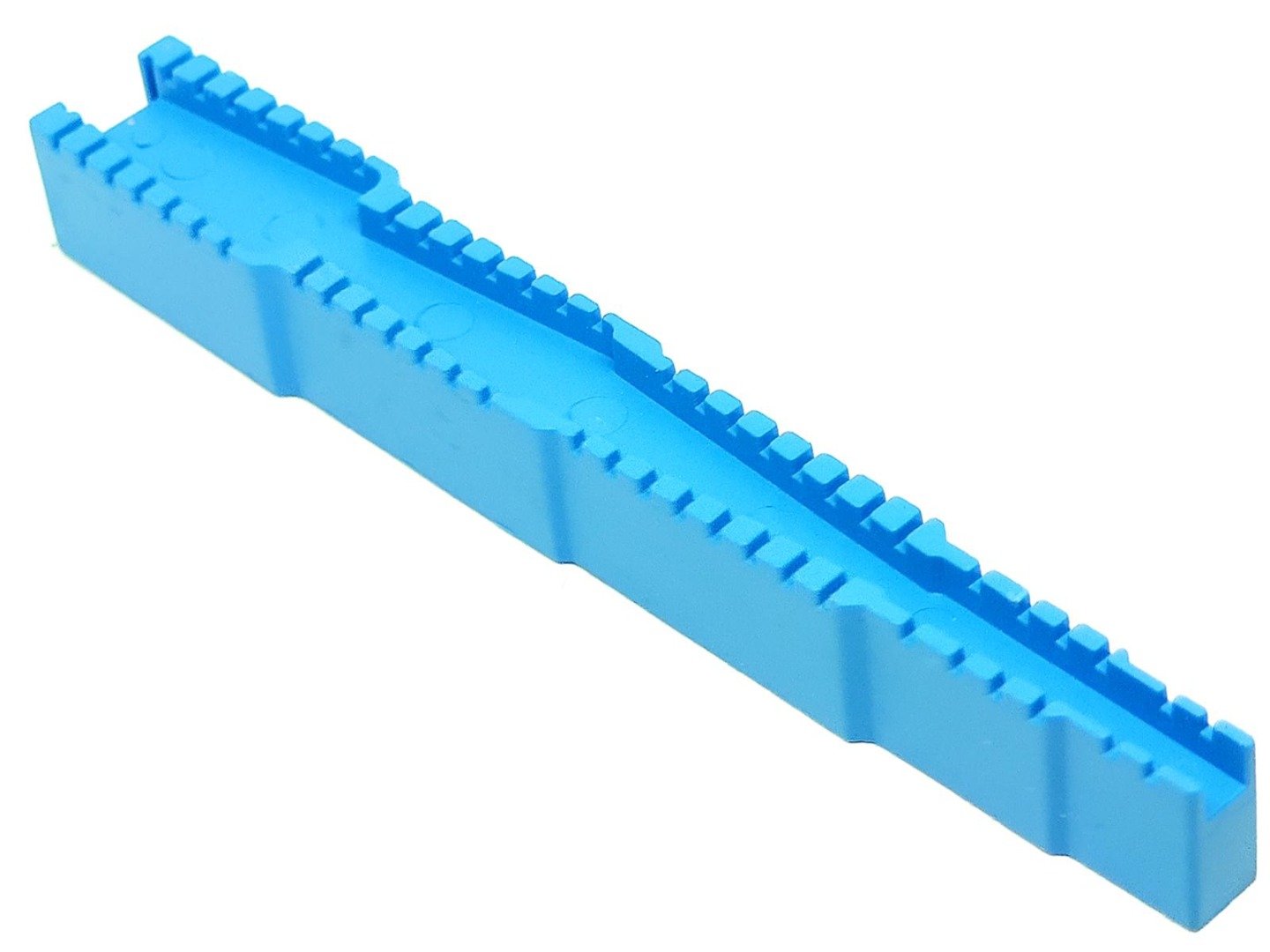
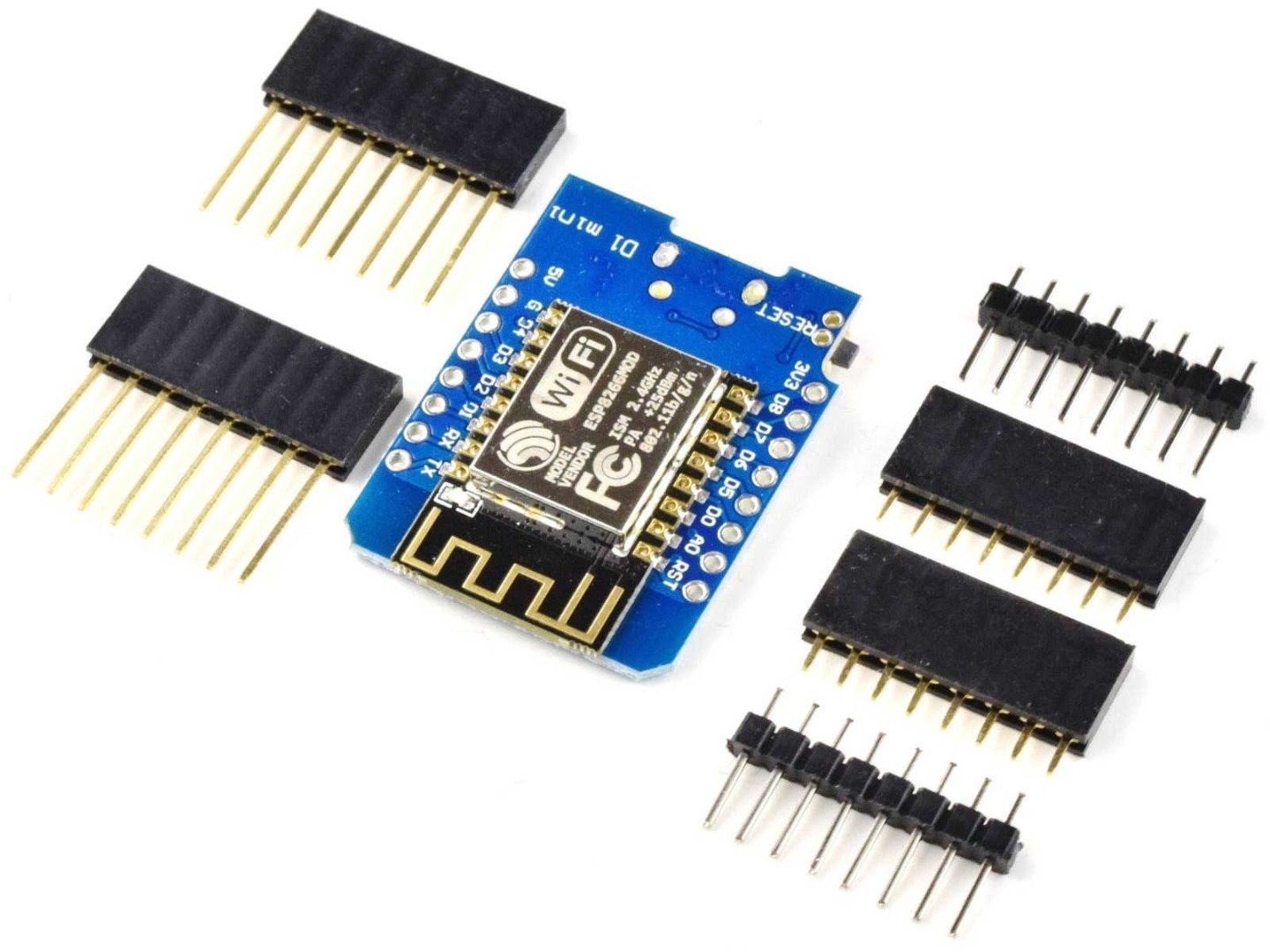




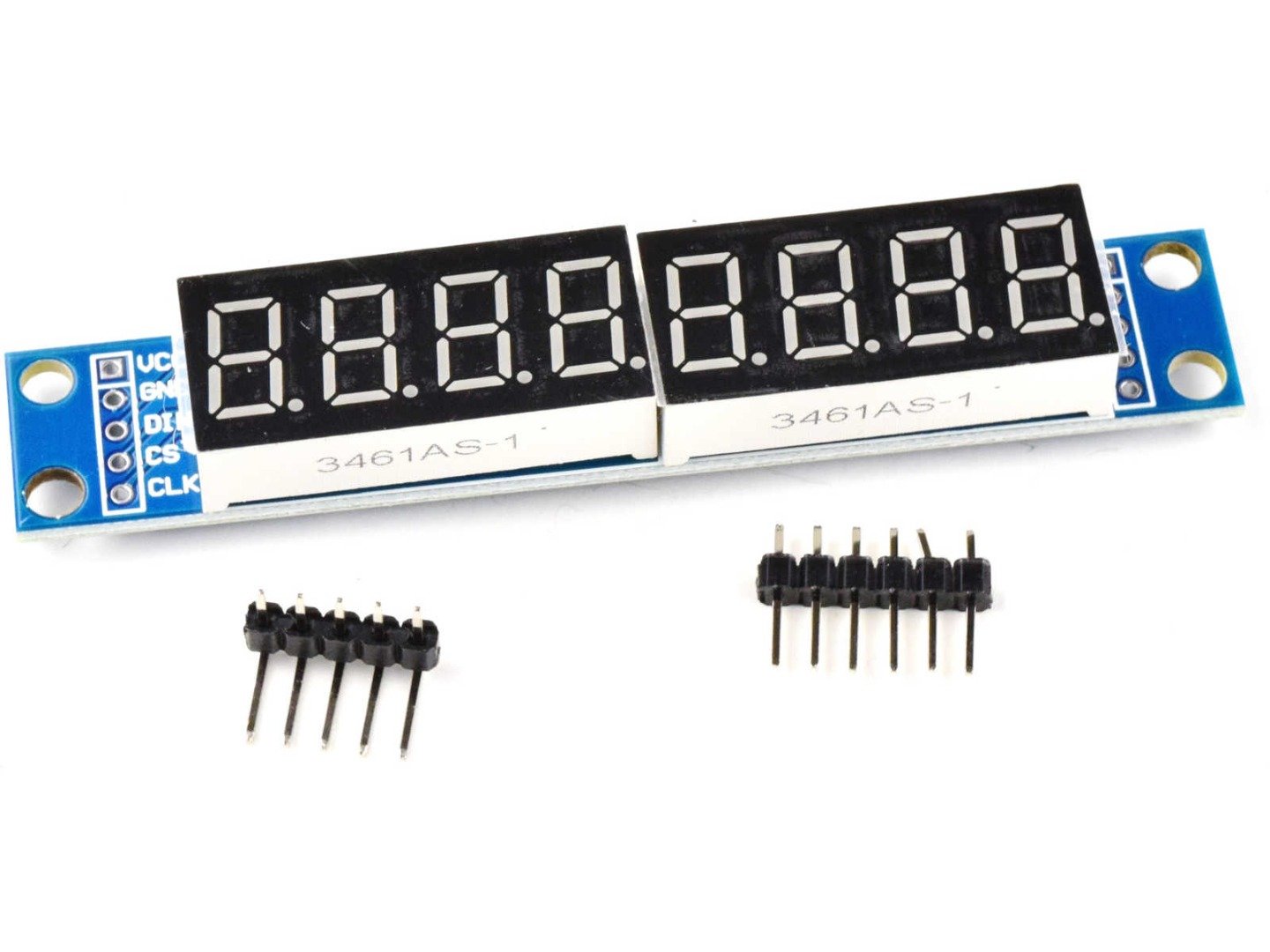
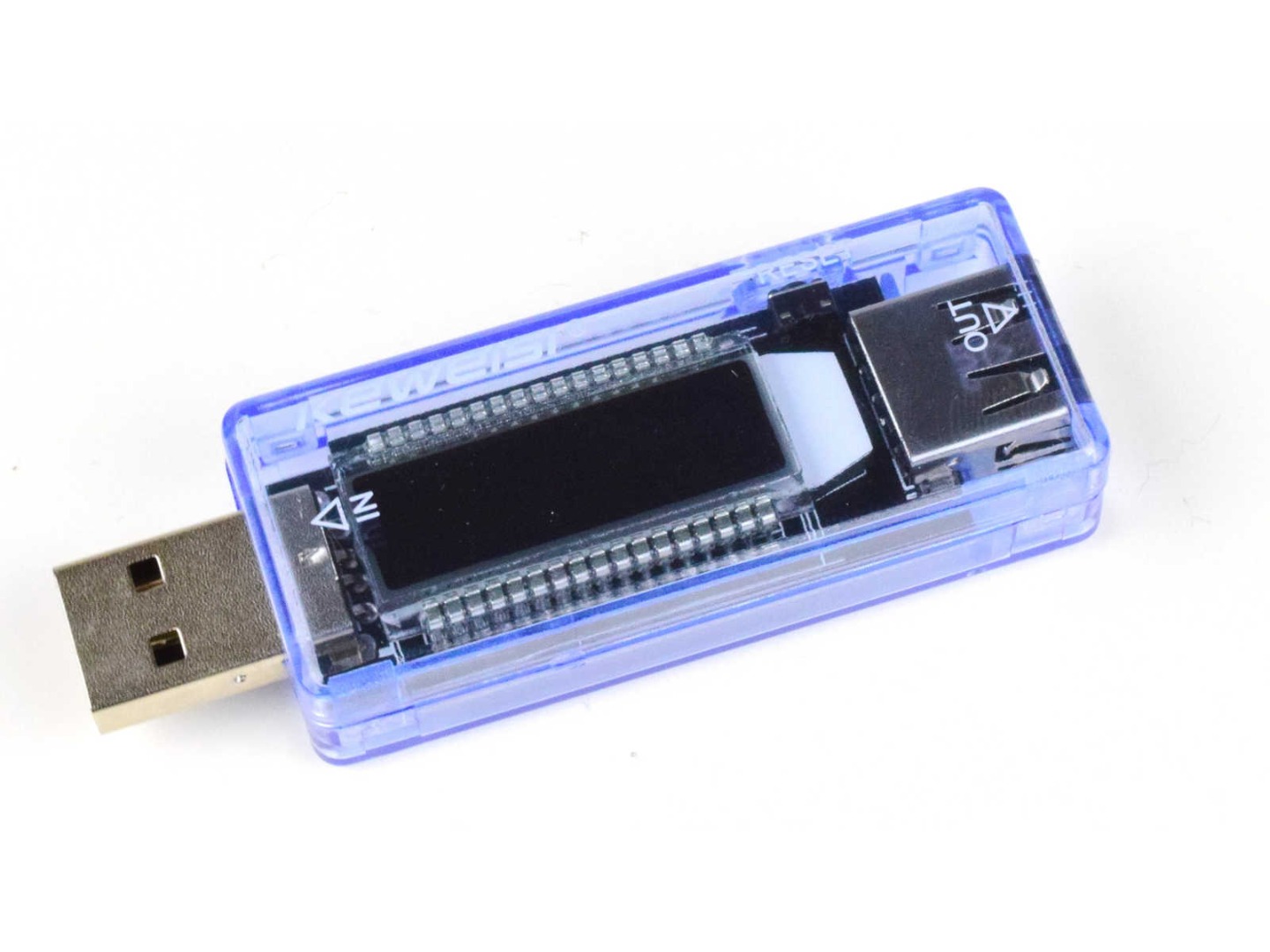
Scott Gilson (verified owner) –
Great little board! Compact, full Mega2560 functionality, and best of all the pins are all on 0.1″ centers. I’ve used two of them when my Uno ran out of memory. Just select board “Arduino Mega or Mega 2560” in the Arduino IDE, like a regular Mega 2560 board. NOTE: If you’re driving an LCD 16×2 display, you’ll want to use the HD44780 library and not the standard LiquidCrystal library , which either doesn’t work at all, displays weird characters, or takes almost a minute to display anything. The HD44780 works fast and correctly, using the same commands as the LiquidCrystal library.